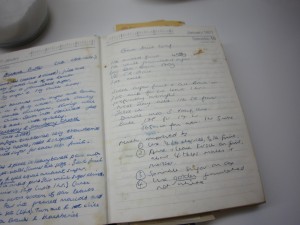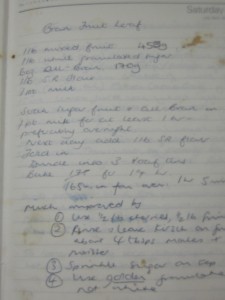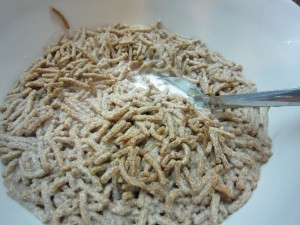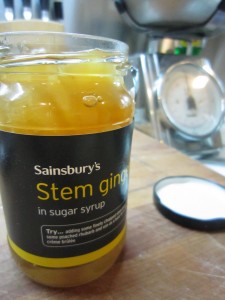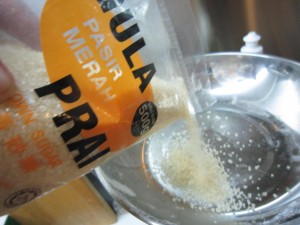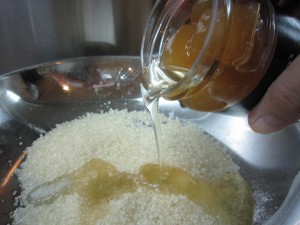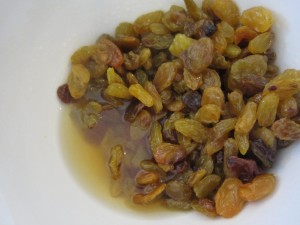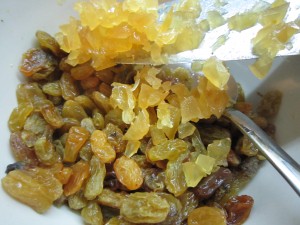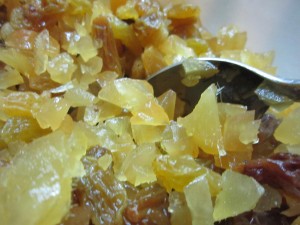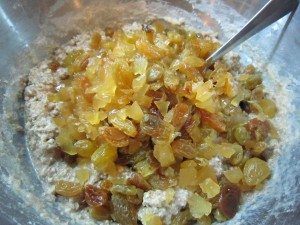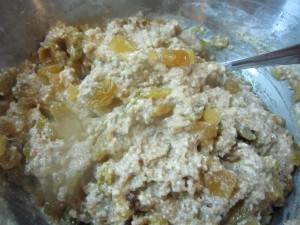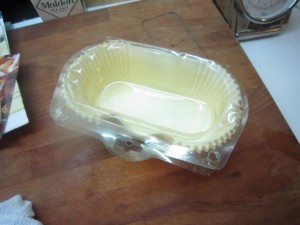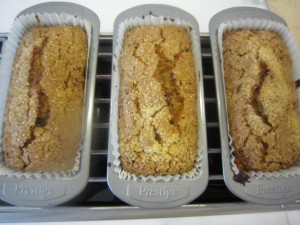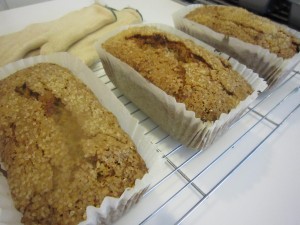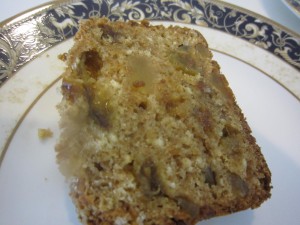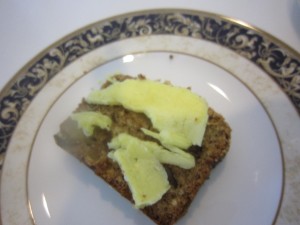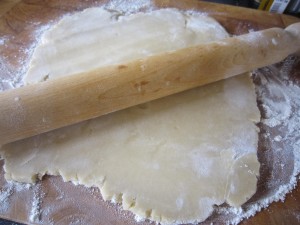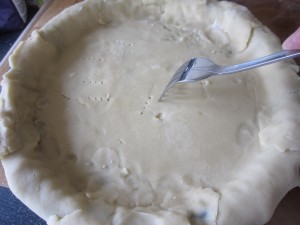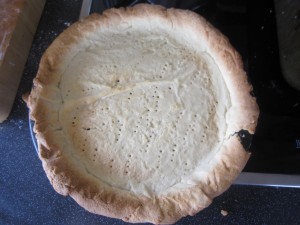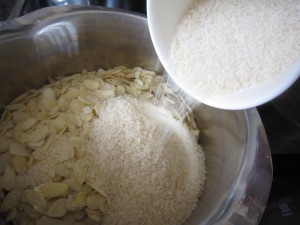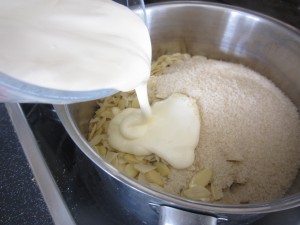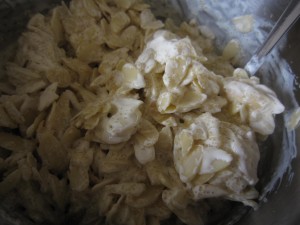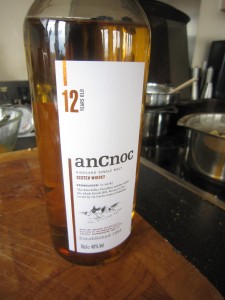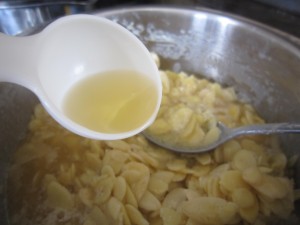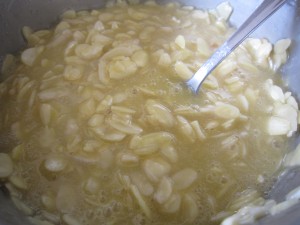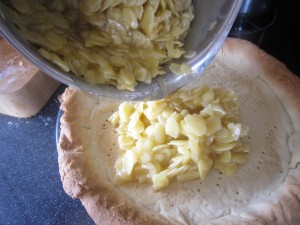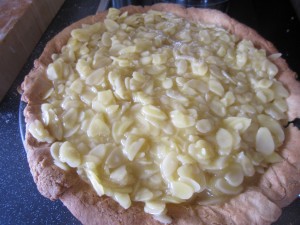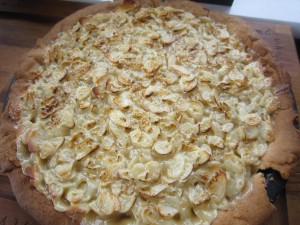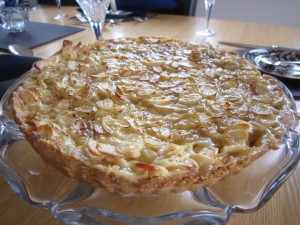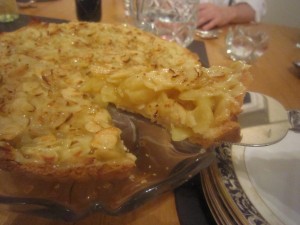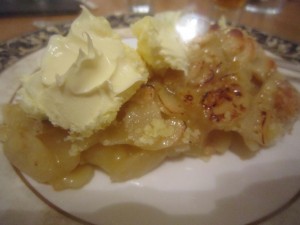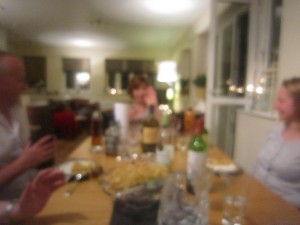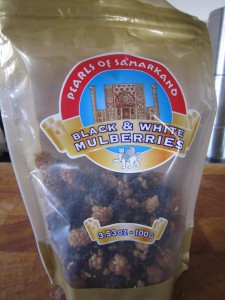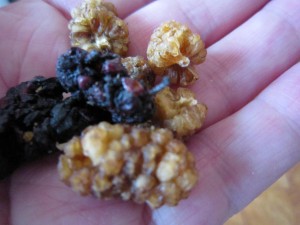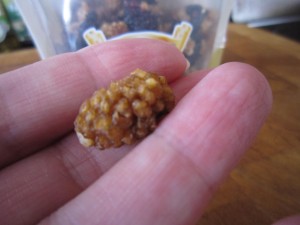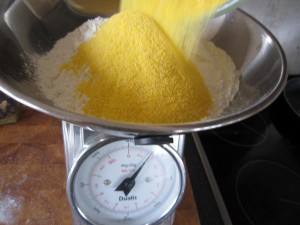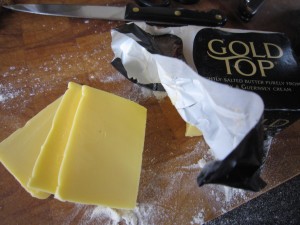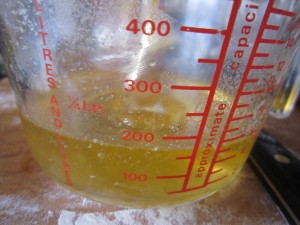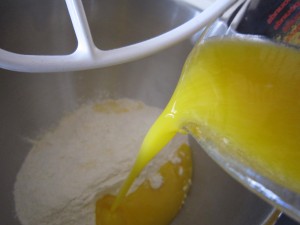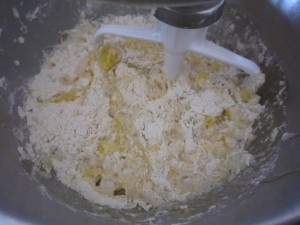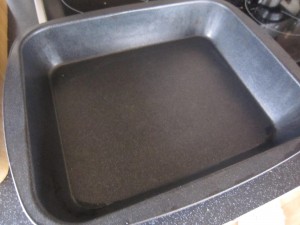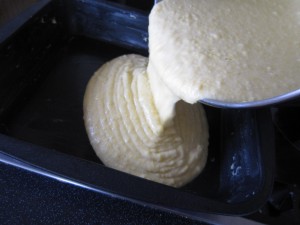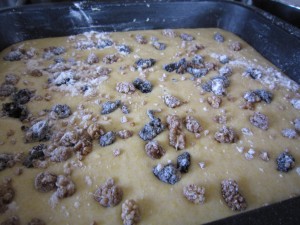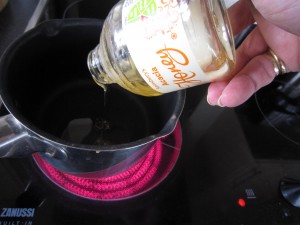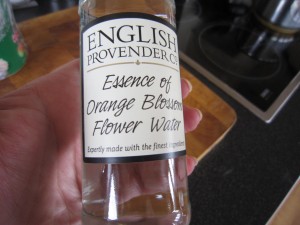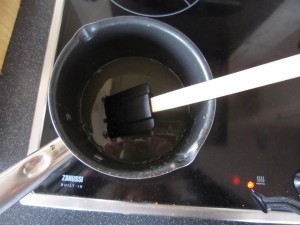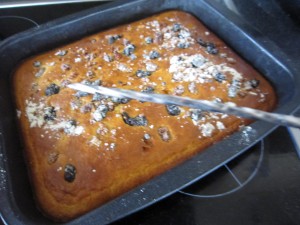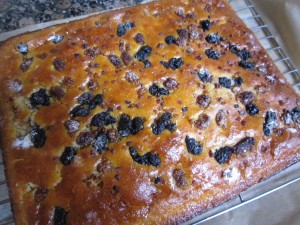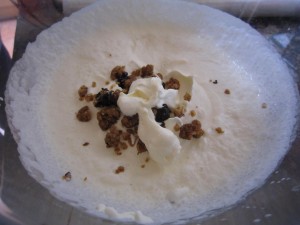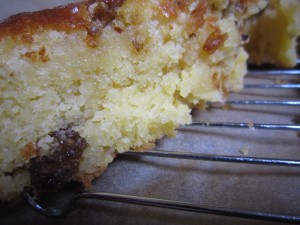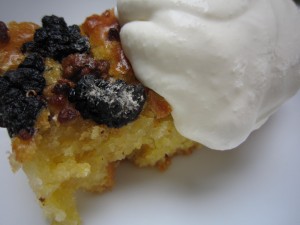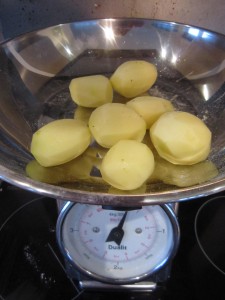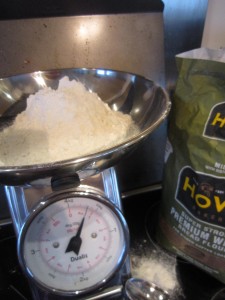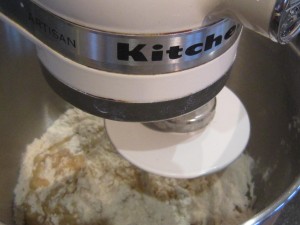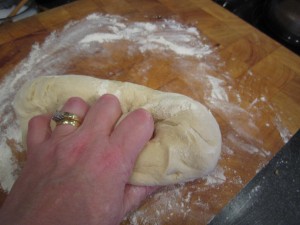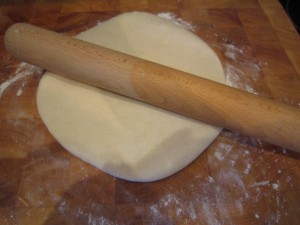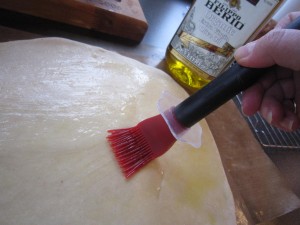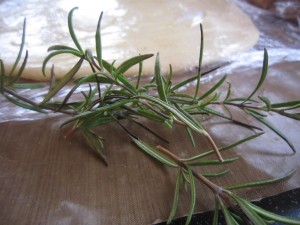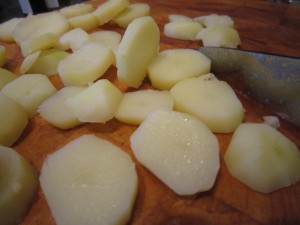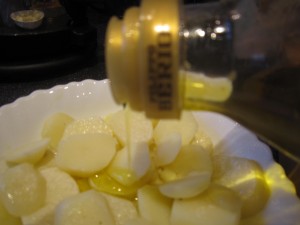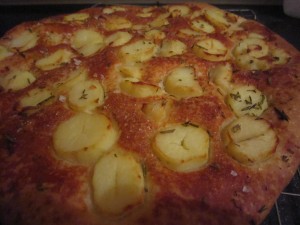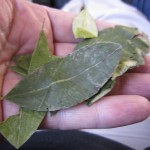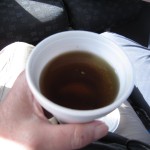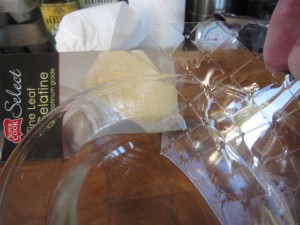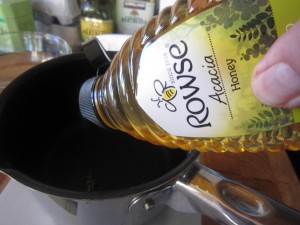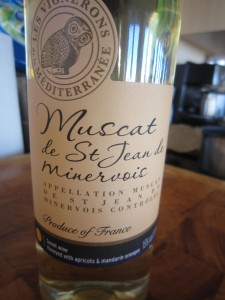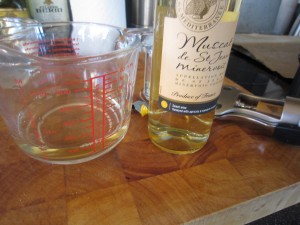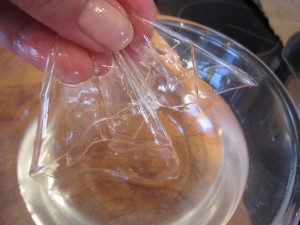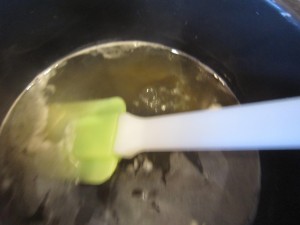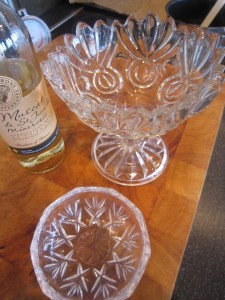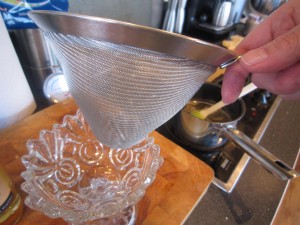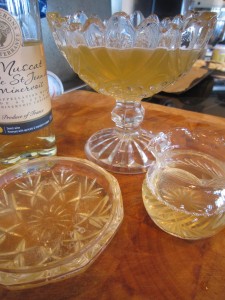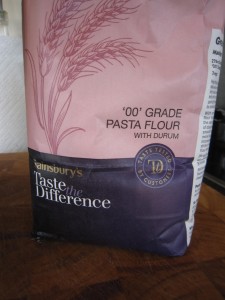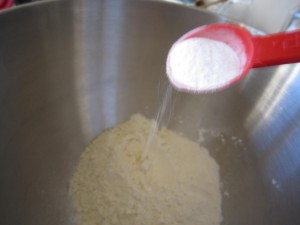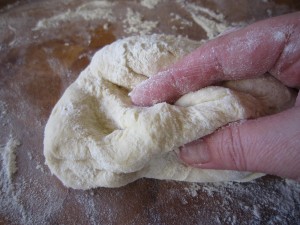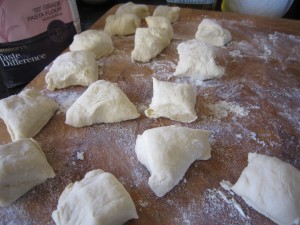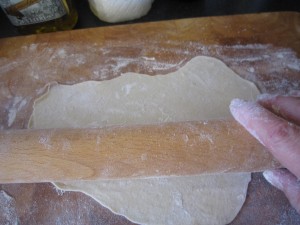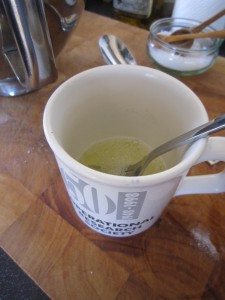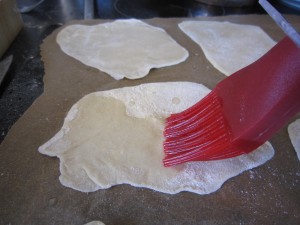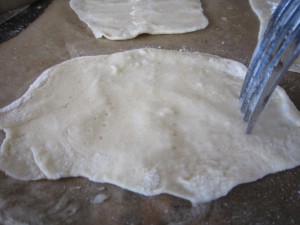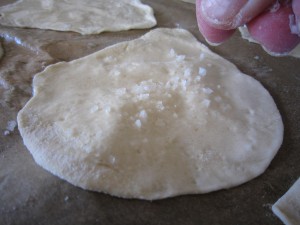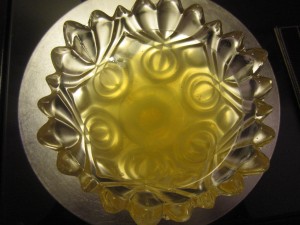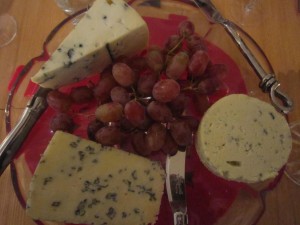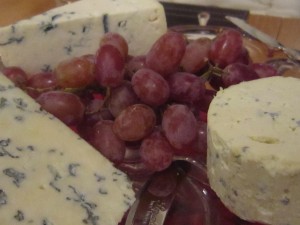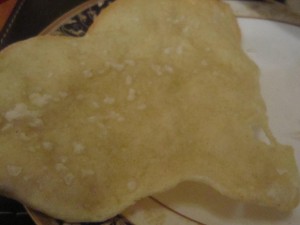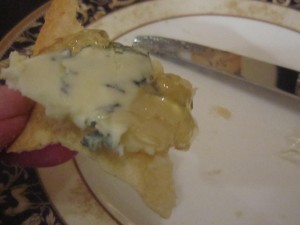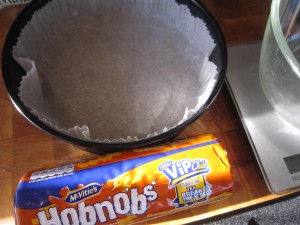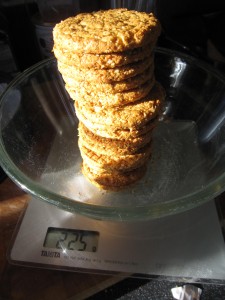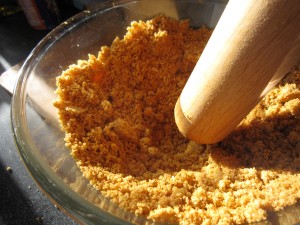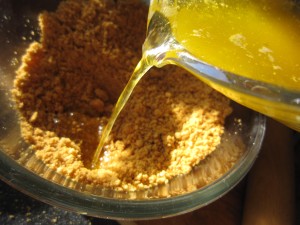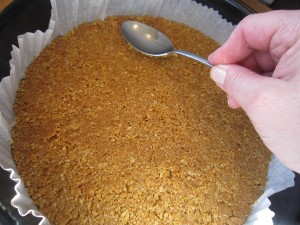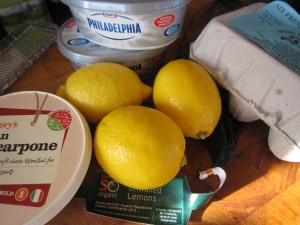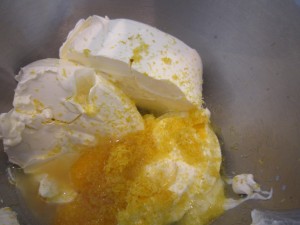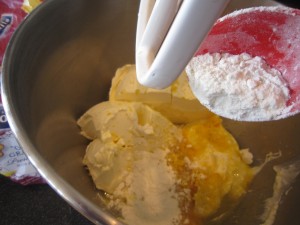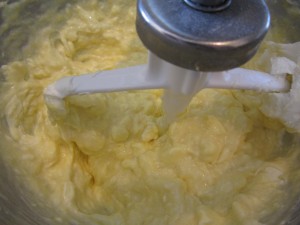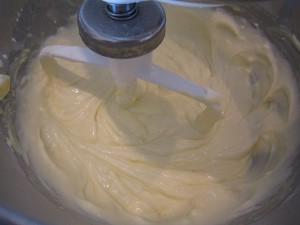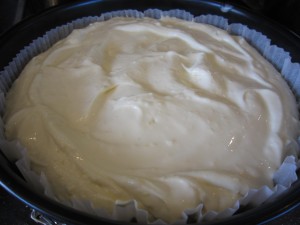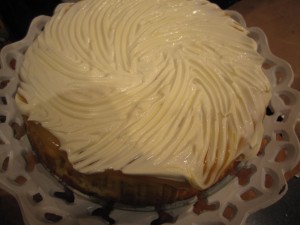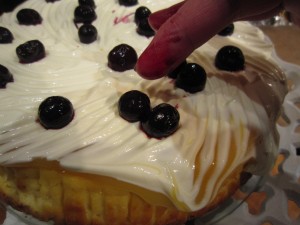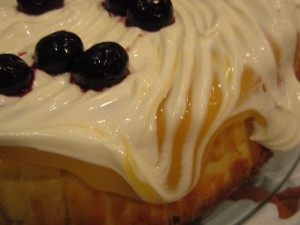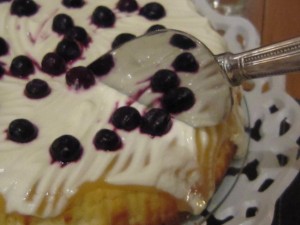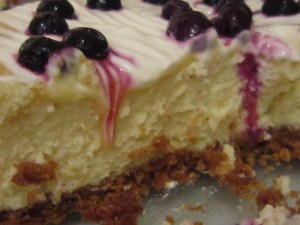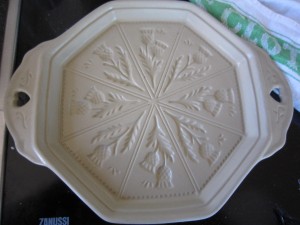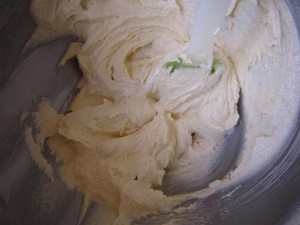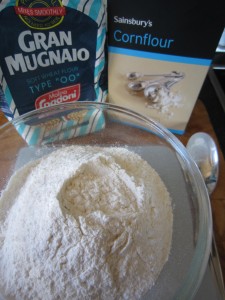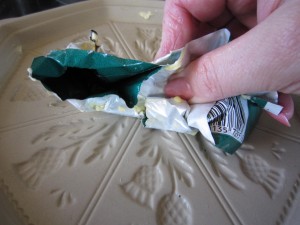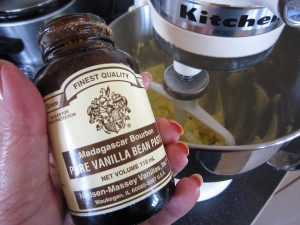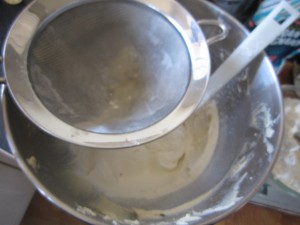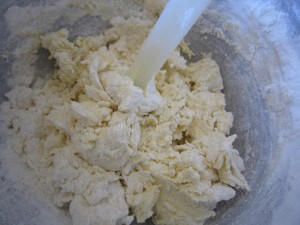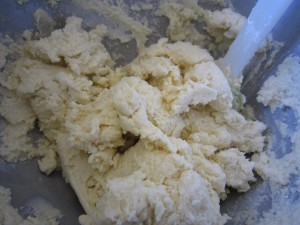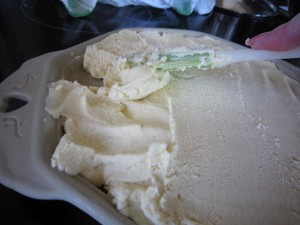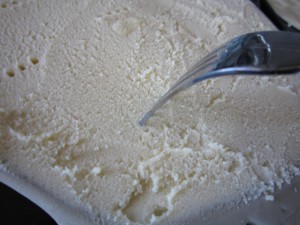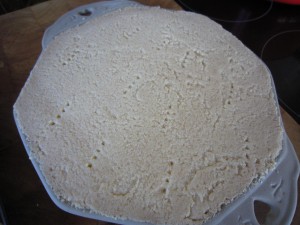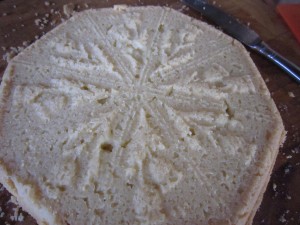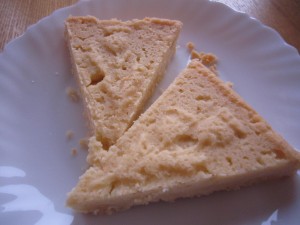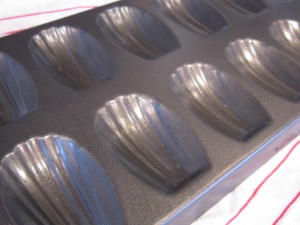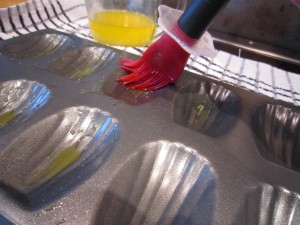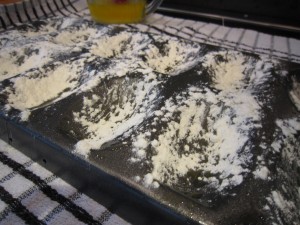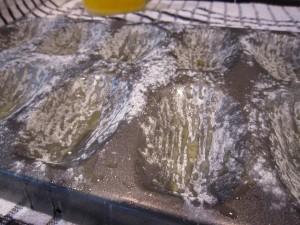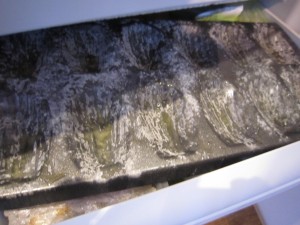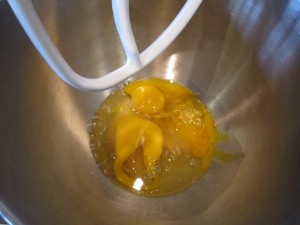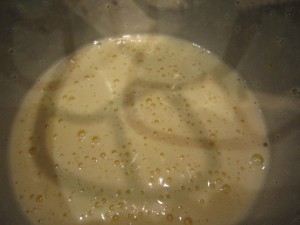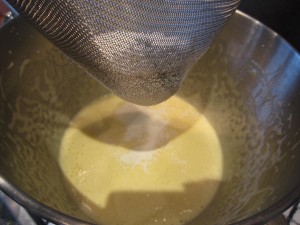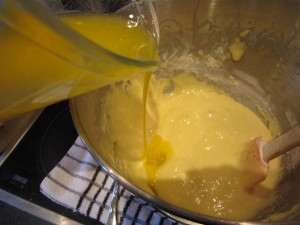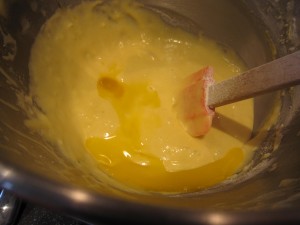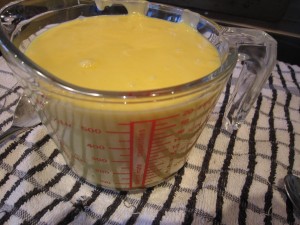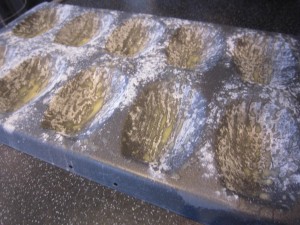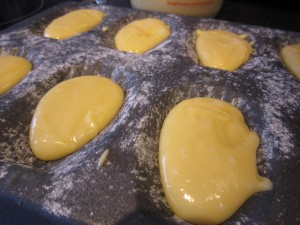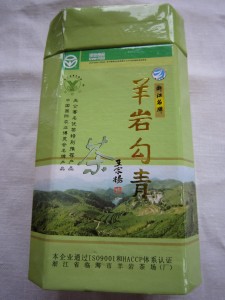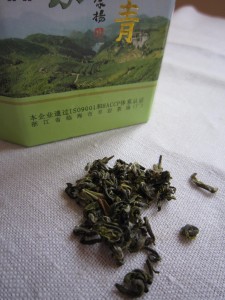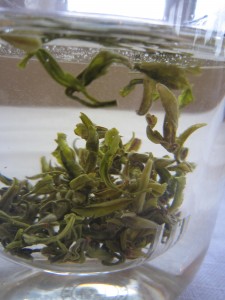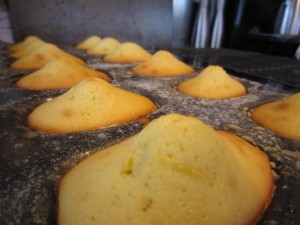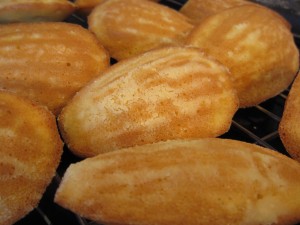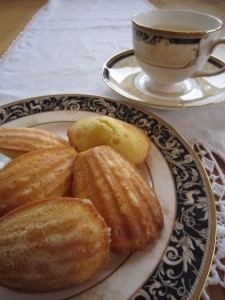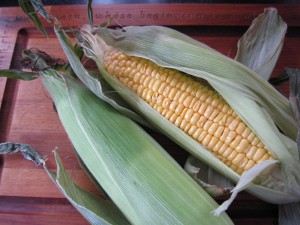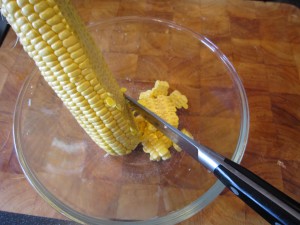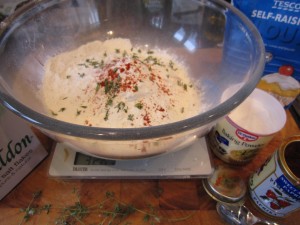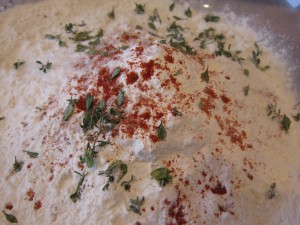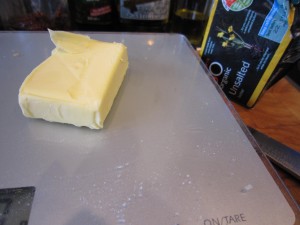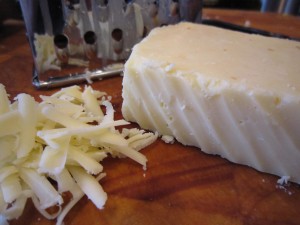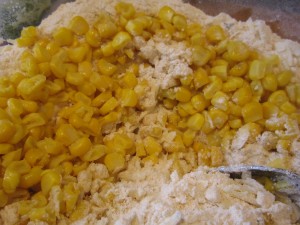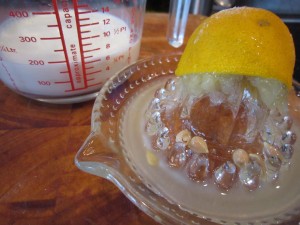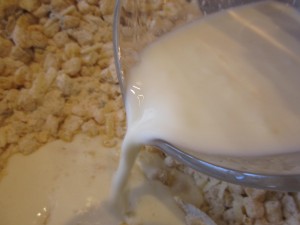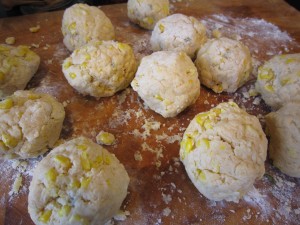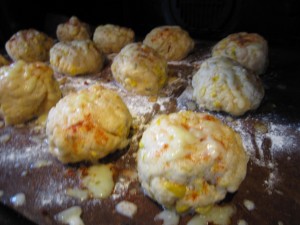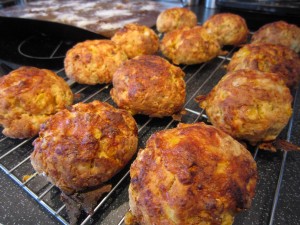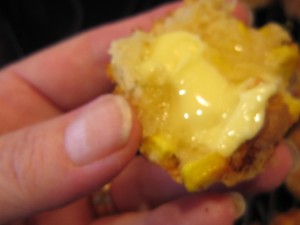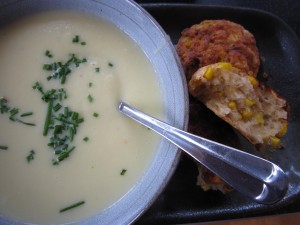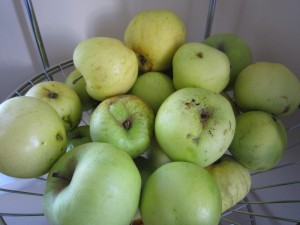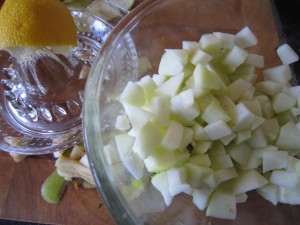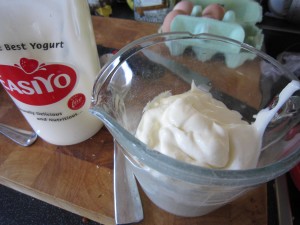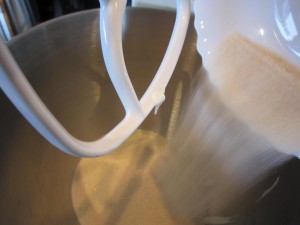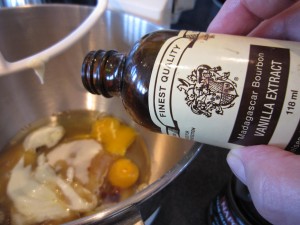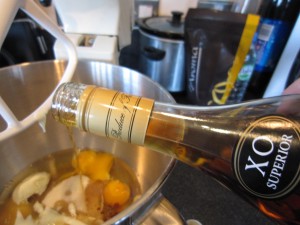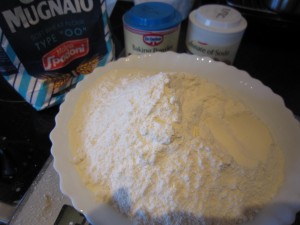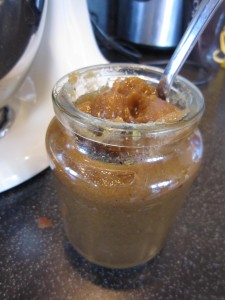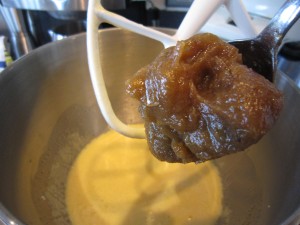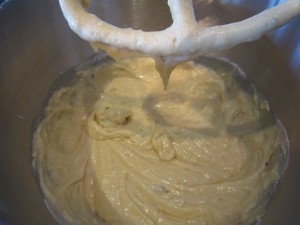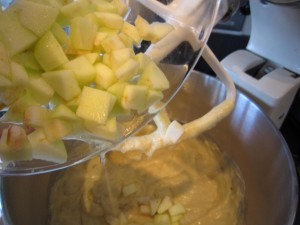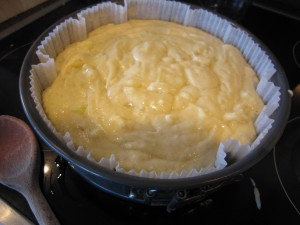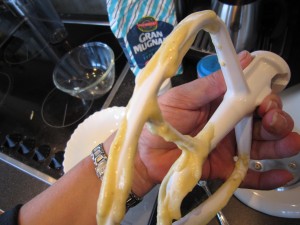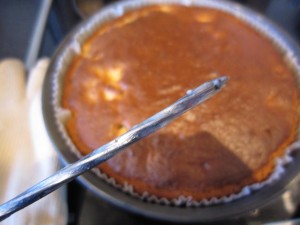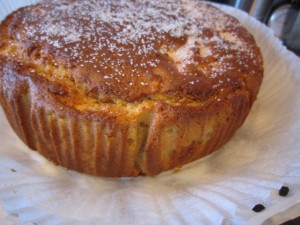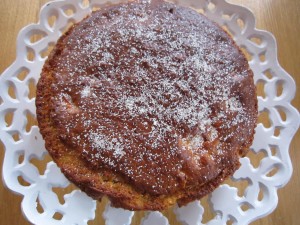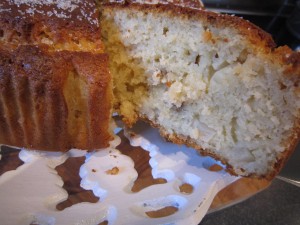One morning I was up early, drinking my coffee on the balcony and looking out at the city as dawn broke. For once the sky was clear and in the far distance I could see as far as the Genting Highlands
When I looked closely I realised I could even see the Genting Highlands resort where we stayed briefly at Christmas
The thing that most amazed us while we were there was that when we opened the bedroom window, we were so high up that clouds came in and swirled around, making the room cold and damp. It was the only time in Malaysia that we ever wanted to wear something with long sleeves because we were chilly.
It was almost like being back in the UK with a chilling, damp and foggy atmosphere. As I sat there sipping my coffee, I must have started to think of cool days in England because I suddenly thought of a malt loaf I used to bake all of the time there. It had started off as an ordinary malt loaf but as with all recipes it had evolved over time, being tweaked here and there until it turned into something that I was proud of.
I have an old diary that I have written recipes down in and, as you can see, I have changed things and written my comments in so I could keep track of what was good and what should be done again.
Originally, as you can see, this was just a Bran Fruit Loaf and I suppose it must have been copied down from the back of an All-Bran cereal packet. It was simplicity itself – 1lb of sugar, 1lb of mixed fruit, 1lb of self raising flour, 1 pint of milk and 6 ounces of All-Bran. It made three 1lb malt loaves. It was good enough to do again… but then I started changing it.
I took out the mixed fruit that was originally specified and added in, at first, just golden sultanas then swapped half the fruit for cherries and soaked them in kirsch because I though it would give the loaves a little bit of a bite. I changed the white sugar to golden granulated and when I was baking, sprinkled more sugar on top for a crispy, sweet crunch. It was good but it still needed something else and I didn’t know what it was.
One day I didn’t have any cherries and besides, I was rather tired of them. Too sweet, I thought. When I looked through the cupboards I found a jar of stem ginger in syrup and suddenly I was struck by an idea. A full pound of ginger would be overkill but if I made the pound of fruit up with the ginger and sultanas I might be onto something.
I liked to soak the sultanas in something to make them plump up – I’d tried tea (which worked well) but as I thought of the ginger, I realised that whisky would work incredibly well. Whisky with ginger is a great pairing – it works well as a wonderfully warming drink and I knew it would make a beautifully flavoured malt loaf. Perfect with a cup of tea on a cold afternoon.
And so, what I (and a lot of my friends) think of as the perfect malt loaf evolved. It is moist, sweet and spicy, soft and succulent with a lovely crunchy top… absolutely just the right thing for a cool afternoon.
Except it was a hot day in Kuala Lumpur and stem ginger in syrup is impossible to find here. I went to every supermarket I knew of, every gourmet store and expat shop and there wasn’t a jar to be found. I had to send begging messages to people coming out here and then one day I finally got my hands on stem ginger in syrup. I was going to bake the best malt loaf I knew of and it didn’t matter if it wasn’t a cool afternoon. Tea and cake work at any temperature.
First of all, get your ingredients together. This recipe is so old it still uses Imperial measurements but they are so easy to remember, so I stick with them. You’ll need a pint of milk, 1lb each of fruit, sugar and flour and 6 ounces of All Bran.
That translates as 170g of All_Bran which needs to soak in a bowl with 1 pint of milk. I like to do it ahead of time so the All-Bran softens and becomes a smooth mix.
The precious stem ginger in syrup is drained and the syrup is included in the 1 lb of sugar. Yes, it makes a mess of your weighing scale dish but it adds to the flavour, so just do it.
What I do is start pouring in some golden granulated sugar
Then I drain the ginger syrup into the weighing pan, then top up with more golden granulated sugar until I have a combined weight of 1lb (450g) It makes less mess this way.
I soak 7 ounces (200g) of golden sultanas in some whisky so they all plump up. If you don’t want to use whisky then weak black tea will work well.
While they are plumping up, chop the stem ginger into small pieces much the same size as the sultanas and then add them to the soaked fruit.
Mix it round… it smells gorgeous.
The All-Bran should be soft and smooth by now so stir in the fruit
And then stir in the sugar and syrup mix then fold in 1lb (450g) of self raising flour.
This is a sweet and sticky mix, so you should line your loaf tins – you can do it with baking parchment, cutting and folding in the traditional way, or you can do it as I do it, using pre-formed loaf tin liners. Whoever thought this up deserves a medal because it saves so much time and mess.
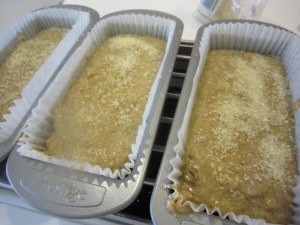
As I said, this makes three 1lb loaves and before you say you won’t want three malt loaves all at once, I’d like to tell you that actually three loaves is not enough. You’d be surprised how quickly they disappear and how many of your friends will want a loaf of their own. We have never yet had a situation where there’s been malt loaf left over and it is a lovely thing to give a friend a malt loaf….
Spoon the mix into the loaf tins and sprinkle the tops with golden granulated sugar before putting them into a preheated oven at 165° C /330°F for about an hour.
Check them when they start to look ready by sticking a skewer in – when it comes out clean and the top looks golden and slightly crunchy from the sugar, get them out and leave them to cool.
The smell that fills the kitchen is wonderful, all rich and sweet and spicy. It makes me wish you could get air fresheners that smell like that instead of insipid flowery scents but until they do, I just have to keep baking.
The look so lovely….
Cut yourself a slice when it cools… put the kettle on and make a pot of tea.
Some of us like it with butter and some don’t . Try it both ways. Take a loaf to a friend and share it.
Have a cup of tea, a slice of malt loaf and enjoy it.
Evolution isn’t just restricted to living things, you know. In my kitchens, this recipe has changed and improved over the years and really does illustrate the theory of survival of the fittest. (Ingredients, that is)


